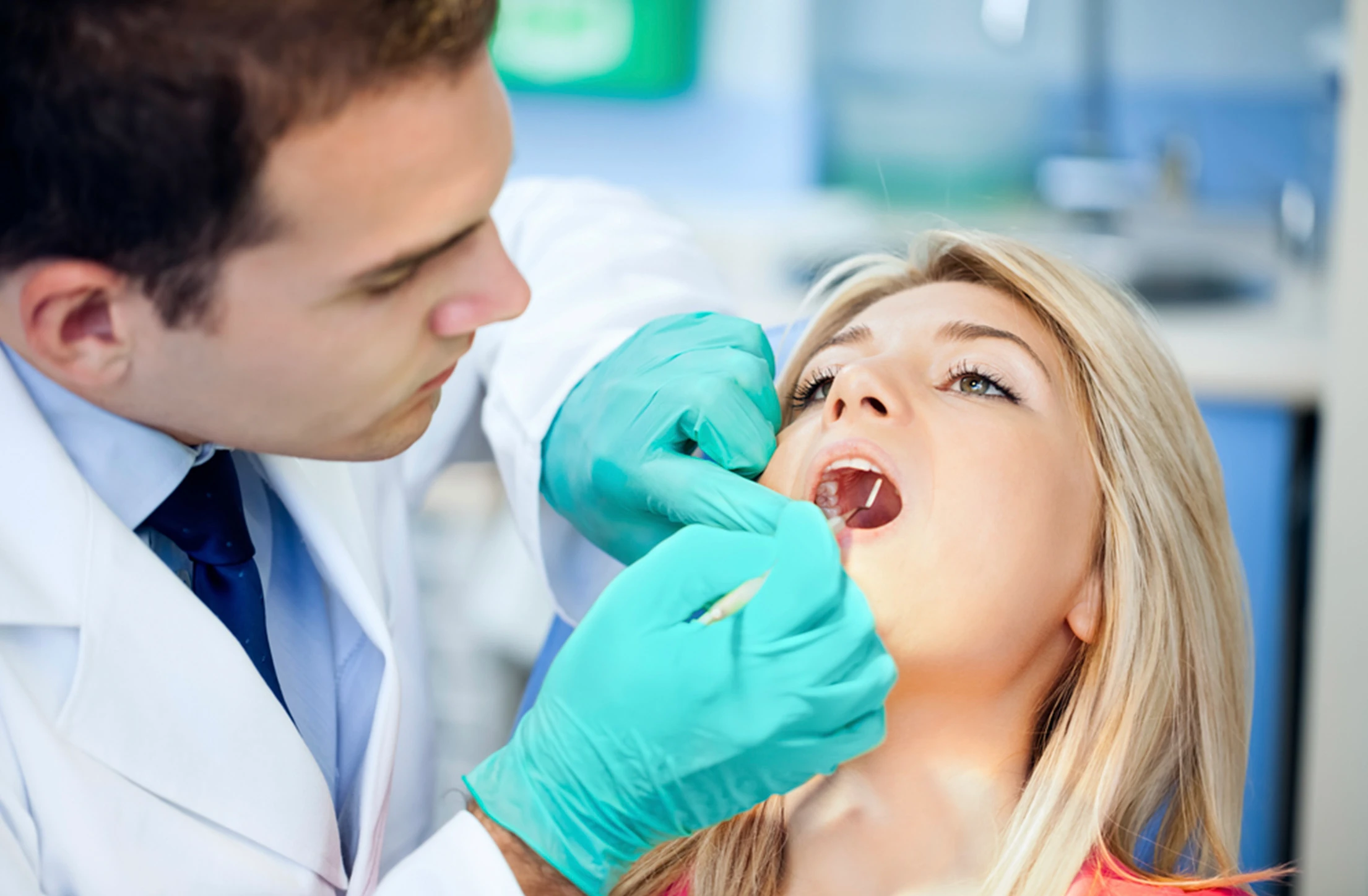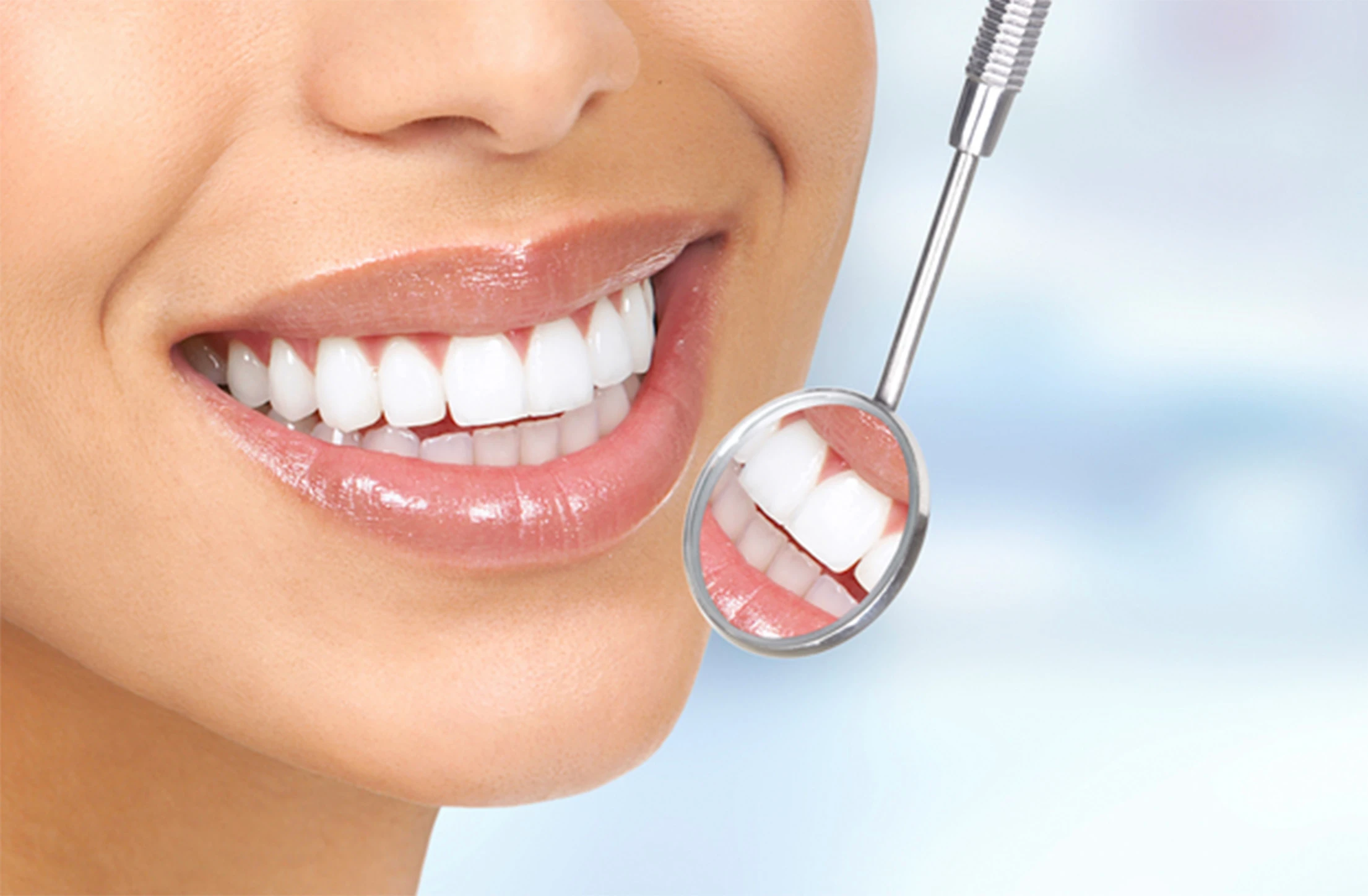
I. Gingivitis
Chronic gingivitis affects a large percentage of the world’s population and is prevalent at all ages. Over 90% of the world’s population has gingivitis to some degree. Gingivitis is painless but is typically presented by bleeding in gingival crevice, especially during brushing the teeth.
Symptoms of gingivitis:
Red/swollen gums
Bleeding
Rounded papillae
Tenderness
Causes of gingival bleeding:
Local
Gingivitis
Chronic Acute necrotising
Periodontitis
Rarely, telangiectasia or angioma
Systemic
Thrombocytopenia
Leukaemia
HIV infection
Clotting defects
Anticoagulants
Factors that may contribute to gingivitis:
Changes in hormones during puberty, menstruation, menopause, and pregnancy can increase susceptibility to bacterial plaque causing gingivitis. Conditions such as diabetes, cancer, and HIV may increase patient’s disposition to developing gingivitis.
If left untreated, gingivitis may progress to periodontitis and tooth mobility and loss.
Management of gingivitis:
Plaque can be controlled with a 3-step regimen of brushing, flossing, and rinsing with mouthwash. When necessary, removal of calculus will need to be performed by scaling and polishing by dental professional. Surgical reduction of hyperplastic tissue (gingivectomy and gingivoplasty) may occasionally be required.
II. Periodontitis
Severe periodontitis is the 6th most prevalence oral disease worldwide, with 2% of youths and 5-20% of adults affected globally.
Chronic periodontitis (inflammation of the gingiva and periodontal membrane) typically arises from progression of chronic gingivitis, due to accumulation of plaque and calculus. The gingiva detaches from the tooth, the periodontal membrane and alveolar bone are damaged, and an abnormal gap develops between the tooth and gum. The tooth slowly loosens overtime and is eventually lost.
Chronic periodontitis, also known as pyorrhoea, is typically seen in adults. It is a painless condition but may be associated with bleeding, halitosis, and a foul taste. Debris and pus may be expressed from the pockets, and there may be increasing tooth mobility. Periodontitis cannot be diagnosed by inspection alone, however, and requires specific diagnostic tests (periodontal probing, radiographs).
Improvement in oral hygiene is necessary, but tooth brushing and mouthwashes have effect only above and slightly below the gum level. They are therefore ineffective in treating periodontitis, as plaque continues to accumulate below the gum line within periodontal pockets. Scaling and polishing and sometimes curettage are also required. Surgical removal of the pocket wall and diseased tissue may be needed to facilitate future cleansing, or attempts to regenerate lost periodontal tissue (such as guided tissue regeneration) may be indicated. Professional attention is therefore required. Although periodontal disease has a bacterial component, systemic antimicrobial drugs have no place in routine treatment, but topical treatment with antimicrobials within the periodontal pockets may be useful.



